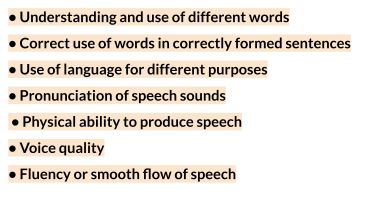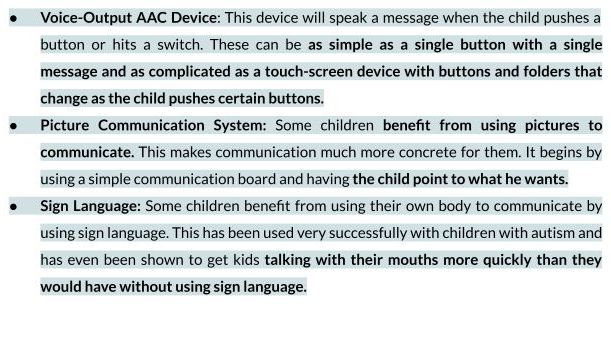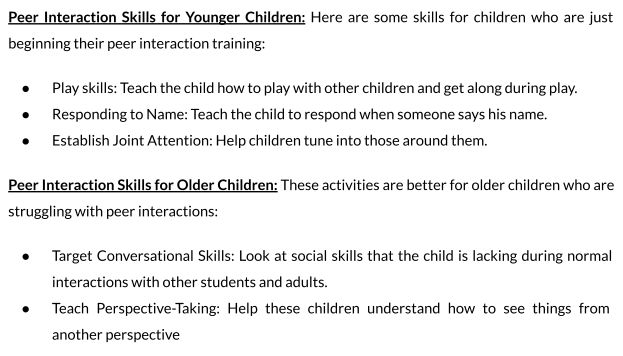What are the different speech assessment tools available for Autism?

- By Somaiyya Jawaid Posted On - 03/05/2021
This article will look into different tools available based upon the objectives they full fill.
The SLPs during any speech assessment will choose certain tools that will objectively measure your child’s: motor skills→ involving coordinating muscle movements. Similarly large motor abilities→ walking and running are checked and fine motor activities→ writing or drawing are also checked.
Then comes hearing→ this also becomes the part of the screening speech and language during the speech assessment. The tools are used to identify any hearing problem that might be affecting your child’s speech and language development.
Further, checking of the mouth area, that looks for the presence of structural problems in the tongue, lips, teeth, or roof of the mouth.
The SPL administers formal tests, a way of comparing your child with other children of the same age. These tests are designed to get a sample of the child’s skills on various kinds of tasks, including receptive and expressive vocabulary, receptive and expressive grammar, auditory memory, auditory discirmination etc.
The SPL also uses informal observations of the child’s communication abilities and makes notes such things as “the child’s attention span, activity level, play skills, or any unusual behavior. '' when the child the child expresses wants and needs and obtains information and objects and uses objects and toys, and how well the child understands words and requests. The SLPs look at these functions whether they are expressed nonverbally as in gestures, eye contact, tugging, and pointing or with words.
There will be different test given to your child while speech assessment that focuses on:

It's impossible to set forth a single plan of action in speech therapy that will work for every child with autism, so there are different tools available which look specifically with the certain goals that the SPL will choose based upon your child requirement.
→In order to Establish Functional, Spontaneous Communication, as in when the child is not adequate for functional speech (meaning that the child isn’t talking). In such scenarios, the SPL will use what is called as, “Augmentative alternative communication”, is found to be helpful in children with autism who generally have difficulty in communication and are unable to speak and use their voice.

The children with autism might have difficulty in using language frequently without being prompted, when told to speak or respond they won't speak up or would not express as other children what they need when upset. In such cases, SPL will use a technique that is called “fading the amount prompts”, which is bit by bit removing the prompts so that the child does more and more independently each time. It is done by identifying the target skills, to see how the child is using that current skill, to compare the supports that child is requiring and indeed and then removing those supports one by one.
Similarly, using structured programs like Picture Exchange Communication System (PECS) system, which have been found very helpful in improving spontaneous communication in children with autism. This is a systematic way to use pictures and handing them pictures of what they want which helps the child to communicate. Thus It is not a true form of speech for the child that gives an alternative way that will allow the child to “speak”, the thoughts which the mouths can't cooperate with.
→ Tools that are designed to target social instruction for children with autism, it is very important to teach children “what behavior is socially acceptable” in various environments. This includes using instructions, what the child should do and say in social situations as well as how he should listen and attend.

→ Targeting peer interaction
